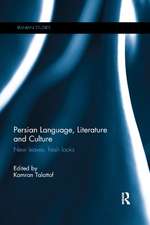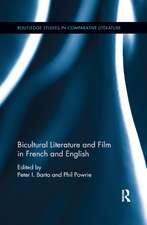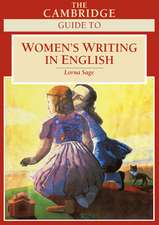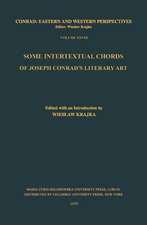The Science of Life and Death in "Frankenstein"
Autor Sharon Rustonen Limba Engleză Hardback – 13 ian 2022
What is life? This was a question of particular concern for Mary Shelley. But how did Shelley and her fellow Romantic writers incorporate this debate into their work, and how much were they influenced by contemporary science and medicine?
The Science of Life and Death in "Frankenstein" is the first book to synthesize the scientific and medical thinking about life and death during Mary Shelley’s lifetime. Sharon Ruston explores the contemporary scientific basis behind Victor Frankenstein’s idea that life and death were merely ‘ideal bounds’ he could transgress in the making of the Creature. Ruston contextualizes the novel alongside the work of the key scientific and medical thinkers of the day, including John Abernethy, James Curry, Humphry Davy, John Hunter, William Lawrence, and Joseph Priestley.
The book also examines what Mary Shelley herself knew and believed about the boundaries of life and death. Interweaving images of the Frankenstein manuscript, portraits, medical instruments, and contemporary diagrams, Ruston shows how this extraordinary tale is steeped in historical scientific and medical thought.
Preț: 193.92 lei
Nou
37.11€ • 38.60$ • 31.06£
Carte disponibilă
Livrare economică 22 februarie-08 martie
Livrare express 08-14 februarie pentru 30.04 lei
Specificații
ISBN-10: 185124557X
Pagini: 192
Ilustrații: 32 color plates, 16 halftones
Dimensiuni: 159 x 235 x 23 mm
Greutate: 0.52 kg
Editura: Bodleian Library, University of Oxford
Colecția Bodleian Library, University of Oxford
Notă biografică
Cuprins
Introduction
1Life and Death in Romantic Literature
2Vital Air
3Electric Life
4Vis Vitae (the Vital Principle)
5Raising the Dead
Afterword
Notes
Further Reading
Picture Credits
Index
Recenzii
Shelley’s time. . . . it reminds both lovers of Mary Shelley and those new to the topic of the complexity of creative artistry incredibly well, in combination with exciting research into the scientific."
Descriere
What is life? This was a question of particular concern for Mary Shelley and her contemporaries.
But how did she, and her fellow Romantic writers, incorporate this debate into their work, and how much were they influenced by contemporary science, medicine and personal loss? This book is the first to compile the many attempts in science and medicine to account for life and death in Mary Shelley’s time.
It considers what her contemporaries thought of air, blood, sunlight, electricity and other elements believed to be most essential for living. Mary Shelley’s (and her circle’s) knowledge of science and medicine is carefully examined, alongside the work of key scientific and medical thinkers, including John Abernethy, James Curry, Humphry Davy, John Hunter, William Lawrence and Joseph Priestley. Frankenstein demonstrates what Mary Shelley knew of the advice given by medical practitioners for the recovery of persons drowned, hanged or strangled and explores the contemporary scientific basis behind Victor Frankenstein’s idea that life and death were merely ‘ideal bounds’ he could transgress in the making of the Creature. Interweaving images of the manuscript, portraits, medical instruments and contemporary diagrams into her narrative, Sharon Ruston shows how this extraordinary tale is steeped in historical scientific and medical thought exploring the fascinating boundary between life and death.





















